- Joined
- Jun 28, 2010
- Messages
- 49,232
- Name
- Burger man
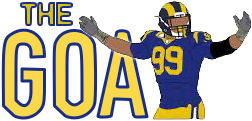
http://www.espn.com/nfl/draft2017/i...g-spots-draft-top-quarterbacks-2017-nfl-draft
Deshaun Watson is a national champion and a projected Day 1 pick in the NFL draft. But when we talk about future development, scheme and coaching at the next level, where is the ideal landing spot for the former Clemson star? Along with Watson, let's break down the best pro fits for quarterback prospects Mitchell Trubisky, DeShone Kizer, Patrick Mahomes and Brad Kaaya as NFL teams begin to finalize their draft boards.
Deshaun Watson, Clemson

The Player: At 6-foot-2, 221 pounds, Watson can beat you through the air, slice up defensive fronts with QB-designed runs and attack in the red zone. Watson is an upper-tier athlete (4.66-second 40) who displays the soft touch to get the ball over the top of the secondary and the anticipation to diagnose inside throwing windows. He is a true dual-threat player at the position who plays his best football on the big stage. We all watched the Clemson quarterback wear down that loaded Alabama defense in the College Football Playoff National Championship. And scouts love his toughness.
Watson threw for 41 touchdowns last season at Clemson. That's a big number. He also threw 17 interceptions. His decision-making needs to improve. We can see that on the tapes against Pitt and Florida State. Watson doesn't always read the entire field and sometimes gets tricked into poor throws by pre-snap defensive looks. Plus, coming from a spread scheme that was heavy in run-pass options (RPOs), there should be an expected transition period for Watson in the pros. But as with every quarterback, we have to focus the majority of the evaluation on the skill set. Watson has the talent, along with the unique intangibles, that sell at the position. This is a player I would love to coach. So which team/coaching staff would highlight Watson's ability the best?

The Fit: Cleveland Browns.Browns head coach Hue Jackson is one of the best teachers in the game, and he will think outside the box from a playbook perspective. The full-field reads, the footwork, the vision? Yeah, those traits will be part of the learning curve with Watson. But while he works through the developmental process, Jackson has the ability to build a productive system that caters to Watson's skill set. Along with standard pro-style concepts, Jackson could use movement passes, two-level reads, boots and RPOs/QB-designed runs with Watson. Look at how he runs this textbook zone-read scheme against Ohio State in the national semifinals:
Read the end man, and pull the rock. That was an easy six for Watson and a smart call with the ball in scoring position. Plus, it shows how Watson can add more to a pro playbook inside the 10-yard line.
Watson carried the ball 165 times the past season. That number will have to be drastically reduced for him to survive an NFL season. However, similar to what Jackson did with Andy Dalton in Cincinnati, the threat of the quarterback running the ball (along with RPO schemes) is going to impact defenders' eye discipline. Watson needs a creative coach who will plan around his strengths while he works to rectify his weaknesses. That's Jackson.
Mitchell Trubisky, North Carolina

The Player: Trubisky (6-foot-2, 222 pounds) started only one season in college, and he lived out of the shotgun in the Tar Heels' offense. However, Trubisky has the quick release, the movement skills/athleticism (4.67 40) and the arm strength to make the jump to the league. When he gets to the edge of the pocket, he can square his shoulders and rip the ball. Want some good tapes to check out? Go watch Trubisky versus Miami and Florida State. He made plays when the pocket broke down, showing the ability to anticipate throwing windows and a powerful arm when attacking two-deep coverage and throwing outside cuts.
In UNC's Sun Bowl loss to Stanford, Trubisky struggled with late safety rotation (two interceptions) and displayed a tendency to hang the ball up in the air on throws downfield. There's definitely some rawness to his game, and that should be expected with a quarterback lacking experience and coming from a spread system. However, given his ability to see the field and athletic upside, Trubisky has a high ceiling at the position and will fit multiple offenses in the pros.
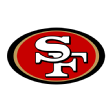
The Fit: San Francisco 49ers. Head coach Kyle Shanahan is one of the top playcallers in the NFL. With a good mix of play-action, movement and the drop-back game, Shanahan's system creates open throwing windows and deep-ball opportunities. Shanahan could mold his system to play to Trubisky's athleticism and arm strength.
With Shanahan running the offense in Atlanta last season, the Falcons led the NFL in play-action snaps (186). Given Trubisky's ability to get to the edge of the pocket, he'd be an ideal quarterback for Shanahan to mold. Below is a good example of Trubisky running a boot scheme in the red zone versus NC State.

With the flat route covered by an underneath defender, Trubisky goes to his second read to hit wide receiver Ryan Switzer on the crossing route. Good ball for the score.
The fit is there with Shanahan, and so is the need in San Francisco. With veteran Brian Hoyer in the mix, Trubisky wouldn't have to be thrown on the field for opening day. That would buy him time to clean up some areas of his game and prep for a system that will highlight his talent as the future No. 1.
DeShone Kizer, Notre Dame
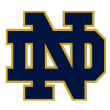
The Player: Kizer has the most upside of these five quarterbacks. Just look at the size (6-foot-4, 233 pounds), the NFL-caliber arm and the ability to move. Kizer ran a 4.83 40 at the combine, but he looks much quicker on tape when he pulls the ball on a designed run or breaks free from the pocket. Plus, he's a load for defensive backs to bring down in the open field, and he managed a pro route tree at Notre Dame. That shows up when he scans the field, targets the top of the secondary and moves quickly to find open targets.
The tape? It's up and down. At times, he looks like a top-five pick. Take the red zone throw versus Miami on the skinny post or the deep shots he tossed in the comeback attempt versus Michigan State. But other times, he looks a little lost, such as on the picks he threw against Stanford, the end-of-game decisions that show his inexperience and the unsettled footwork in the pocket. Scouts see the high ceiling with Kizer -- and rightfully so -- but they also know that he has a lot of room to grow at the position.

The Fit: Arizona Cardinals. Under head coach Bruce Arians, Arizona is going to attack opposing defenses vertically. In fact, the past two seasons, the Cardinals have thrown the third-most passes of 20 or more yards downfield (159). Put Kizer in this system, and let him rip it over the top. He has the size to stand in the pocket, take a shot and still deliver the ball. As Kizer shows in the example below, he flashes the ability to put the ball on the upfield shoulder when delivering a deep shot.

In Notre Dame's game versus Duke, Kizer read the safety rotation at the snap (red circle) with the Blue Devils sending a zone blitz. That opened a deep window to the post with the free safety playing to backside hash. There is room here for Kizer to set his feet and deliver a dime over the top for a touchdown.
With Carson Palmer, 37, in the final stage of his career, the Cardinals need to invest in the position. Kizer could sit for a year, clean up his footwork and begin to develop that massive upside under Arians. Along with the deep ball, he has the talent to hit intermediate routes, work the quick game and give Arians some creative options due to his athleticism.
Patrick Mahomes, Texas Tech

The Player: Mahomes can make any throw, from any platform. He has amazing power in that arm. In the game against Oklahoma, Mahomes (6-foot-2, 225 pounds) tossed a 60-plus-yard pass for a touchdown ... off his back foot. Ridiculous stuff. Playing in a wide-open, pass-first offense at Tech, Mahomes (5,052 yards passing, 41 touchdowns) often saw soft zone coverage and three-man rushes. That makes him tough to grade. Think of seven-on-seven drills in which the quarterback can just float for a bit, find a target and then sling it.
Mahomes' technique and mechanics have to improve. His arm talent can get him into trouble. He threw a red zone interception against Texas when he tried to squeeze the ball in on a corner route. That was too much confidence and a poor decision. But if Mahomes gets coached up, watch out. There's no doubt that he has the raw talent to eventually be a starter in the league.

The Fit: Kansas City Chiefs. Andy Reid can coach quarterbacks, and I really like the idea of Mahomes playing in Kansas City's system. Yes, the Chiefs still run a West Coast-based offense, and they don't take an extreme amount of vertical shots down the field. But arm strength such as Mahomes' is valuable on intermediate throws between the hashes too (see the example below).
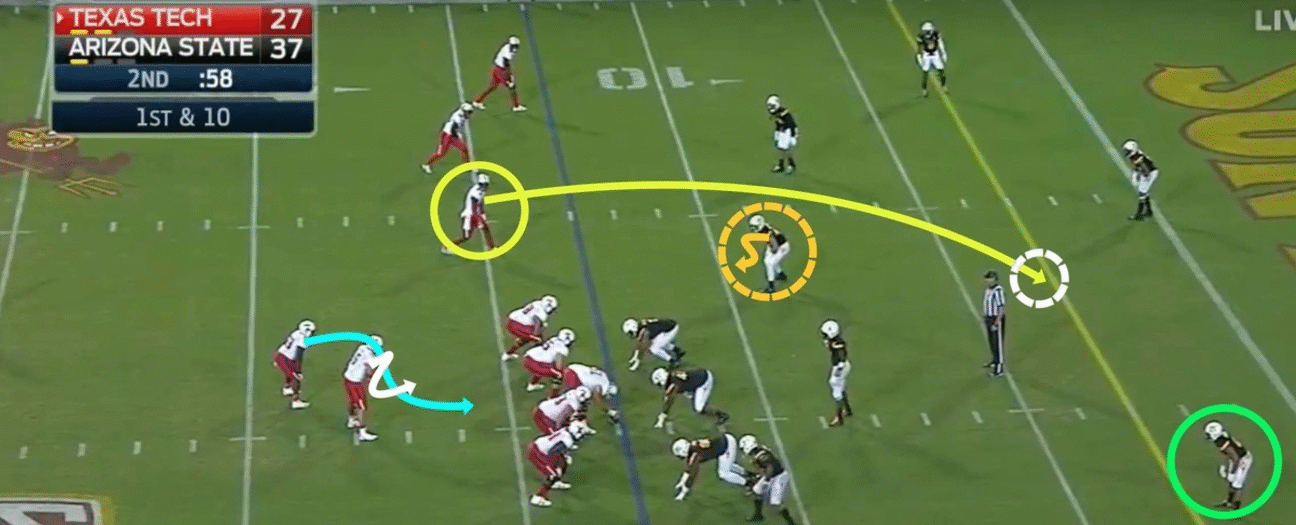
Look at the velocity on this throw and the anticipation from Mahomes to find the open window in the coverage. With Mahomes reading the linebacker, he quickly transitions off the run-action to throw the inside pop pass. He has to really sling this as the backside safety closes on the route. Because of Mahomes' arm strength, the safety can't get there in time, and the Red Raiders put six on the board.
It would be to Mahomes' benefit to land in a system such as Kansas City's, which requires the quarterback to play with consistent footwork, timing and technique. With Alex Smith holding down the No. 1 job in Kansas City for the foreseeable future, there would be plenty of time for Mahomes to improve his fundamentals while working with Reid, one of the game's best QB gurus.
Brad Kaaya, Miami (Fla.)
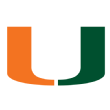
The Player: Kaaya (6-foot-4, 214 pounds) is an interesting prospect because he played in a pro-style system in Miami, and he projects as a true drop-back quarterback at the next level. When he has a clean pocket, Kaaya can attack the defense at all three levels. The Pitt game is a good example of this. Kaaya was quick to read coverages, identify pressures and get rid of the ball. He looked like a first-rounder finding the matchups to exploit Pitt's coverage schemes.
But Kaaya's tape is inconsistent. He's really streaky. Pop in the Notre Dame game, and your overall grade on Kaaya is going to drop. Playing behind an offensive line that had issues this past season, Kaaya was exposed when he had to work from a muddy pocket, and he took too many hits. He doesn't have the speed or athleticism to consistently extend plays when pressure gets up the field. I see a player who has the tools to develop in the right system, but he needs pro coaching (and time) to get there.

The Fit: New York Giants. Even with the Giants signing Geno Smith this offseason, they have a need for a young, developmental player at the position behind Eli Manning. Head coach Ben McAdoo's system is similar to Kaaya's at Miami. This two-level concept should look familiar to Giants' fans:
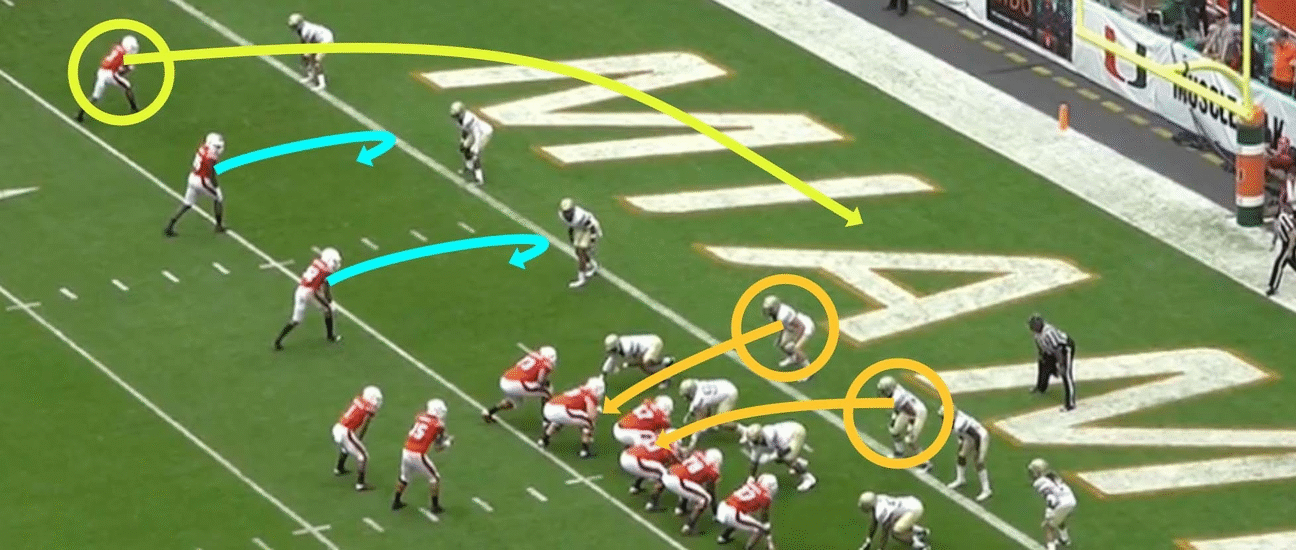
Pitt is bringing pressure here, but with Miami using seven-man protection, Kaaya knows he has time to work through his route progression versus zero coverage (no safety help). This allows Kaaya to move from his underneath read (inside smash routes) to the dig route breaking back to the middle of the field. Set the feet, and deliver a great ball (away from the defender's leverage) for the score.
Even as a developmental prospect, Kaaya has the tools pro coaches want at the position. With Manning running the offense in New York, there is no immediate need to put Kaaya on the field, which gives him time to sit, learn and develop those tools within a scheme that is perfect for his skill set.
